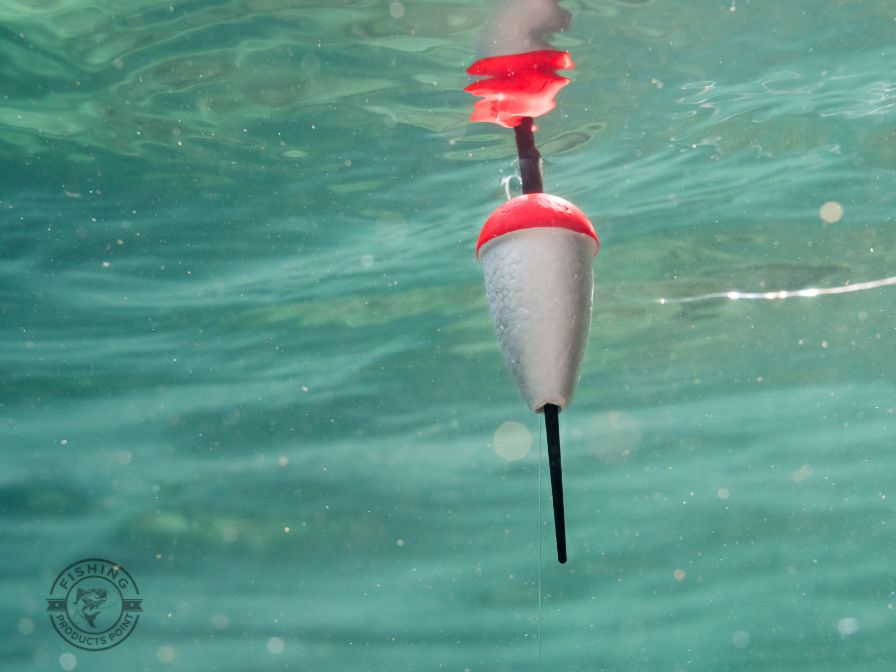How to roll cast? This question is asked all the time by fly-fishing anglers. If you are new to fishing, learning the art of rolling a cast is the first challenge you face.
Roll casting is a technique that allows you to use your hands alone to catch fish. It allows you to roll your line out, allowing for more control of the bait or lure. This means you can get better hookups, as well as more distance from your target.
Roll casting is a fantastic way to experience casting. In addition, it is an easy and fun approach to acquiring casting techniques.
This article’s main objective is to help you learn how to do roll casting. It will not teach you how to fish, nor does it intend to be a fishing guide. It simply aims to help you understand the basics of rolling casts and give some tips on how to improve your casting skills.
Importance of Roll Casting in Fishing
Effective roll casting is a crucial step in the casting process. It allows you to put your fly in the exact position you want it and then cast it out there. You can see what kind of action your fly will get on the water, and how many times you will have to re-cast before you get a fish on.
Another good reason is to get the casting rod in a perfect position for the roll cast. If you have a good roll cast, your line will be perfectly straight and at right angles to your body, which means that it will not twist or turn as you move through the water. Additionally, you have more control over where your fly lands.
Why Learn How to Roll Cast?
Learning how to roll cast can make or break your chances as an angler. The ability to get into position for a cast is crucial in catching fish and improving your chances of landing them. If you can catch more fish, then that means more money for food, fuel, and fulfillment of some other basic needs.
Moreover, it is a great way for beginners and intermediates alike to start casting with their hands instead of just using a rod and reel. It also teaches you different techniques like stripping lines, changing flies mid-cast, etc., which can be very useful in the long run as well as being fun.

How does Roll Cast Work?
The Roll Cast system consists of two parts: a base plate and a reel with one or more spools of line. The base plate has holes where the hooks are inserted; when you pull on the handle. These holes then open up to let out some string from each spool into the water column.
Roll cast works in fishing by using the rod as a lever and pushing your lure or bait forward. You can also roll cast with a spinning reel, but that is not necessary.
The basic idea behind roll casting is that you use the wrist of your non-casting arm to rotate the line back toward yourself. The rotation creates tension in the line and causes it to slip out of your fingers when you let go of the rod tip. This process happens very quickly, so there is not much time for anything else.
How to Roll Cast- Steps
To use the roll cast effectively, you need to have good tension on your line and be able to maintain it throughout its flight path. To achieve this, try using a long rod (around 7 feet) or one that has been shortened for casting purposes.
If you want to master the roll cast technique and make it more effective, then you first need to gather all the necessary equipment for proper roll casting.
Step 1: Choose a rod
Pick a rod that works with your casting technique. A heavier rod can be the most appropriate for you if you have so much experience. You will have better control with a lighter rod over the line making it easier to cast. You should always choose a rod that feels comfortable in your hand.
Step 2: Choose a reel
Once you have chosen a rod, you need to choose a reel. Reels come in various sizes and shapes. Some are intended for spinning, while others are expressly made for fly fishing.
A good reel will help you keep track of where the fish are. Make sure you get a good-quality reel. Reels are rated according to their drag setting. The higher the number, the less drag. Try to find a reel with a low drag rating.
Step 3: Select a line
Next, You must choose the style of line you want to employ. Fly fishers often use monofilament lines, which are strong and flexible. Spinners tend to use braided lines, which are stronger and less likely to break.
Step 4: Choose a leader
Your choice of leader will be based on what kind of bait you are using. Most lures require a heavy-duty leader. Heavy-duty leaders are thicker than standard leaders.
Step 5: Choose a hook
You need a strong hook to hold onto the lure. Look for hooks that are designed specifically for fishing.
Step 6: Choose a sinker
Sinkers are used to keep the bait down near the water’s surface. Sinkers are usually made out of lead or plastic.
Step 7: Choose a float
Floats are used to keep the lure afloat. Floats are usually made out of cork or rubber.

Step 8: Choose a swivel
Using swivels, you may secure your line to your leader without being tangled. Swivels are usually made out of brass or stainless steel.
After collecting all the equipment, it is time to start the process of roll casting. By following these five steps, the skill of how to make a roll cast should become very easy for you to implement.
1. Keep your hand elevated and parallel to your ear
First, raise the rod hand so it is at ear level. It is all about getting the right angles if you want a proper roll cast. Your roll cast will start and finish at the right angles just because of the motion of raising the rod to that height.
Next, you should hold the rod with both hands and extend it straight out from your body at an angle of 45 degrees. This will create a horizontal plane between the arms and torso. It will be used to guide you through the cast.
As you extend the arm outward, you should keep it parallel to the ground until just before you begin to pull back the rod.
2. Keep an eye on where you wish to cast
All anglers should roll casting (roll the line around their thumb and index finger) as close to the left or right side of their body as possible. This helps keep the fly in a straight line, which is important for accuracy and distance.
It will allow the anglers to cast more effectively and give them a better chance of landing fish on their first attempt. It also helps prevent line twists, which can break off hooks, or other unwanted events that may occur when casting.
3. Pull the wrist while advancing the rod
The whole casting process is centered on this point. The rod is pulled in the direction of advancing, and it is pushed forward.
When you pull the wrist, your hand moves forward with your arm and your elbow bends backward. Your shoulder also moves backward (which may lead to pain if not done correctly). Therefore, you should keep this motion a single-casting action where both the arms and shoulders move together as one unit.
For better understanding, the point of the rod should completely stop between 10 and 11 o’clock and it should be pushed forward with force.
4. Slowly accelerate the rod to complete the roll cast
Line up the rod tip with your target and begin to gently pull back on the line. This will cause the line to roll over your hand, palm down.
The line will now be parallel to the ground and you can begin to cast it forward by pulling back on the rod again. You should feel a slight resistance in your wrist as you do this, indicating that you have just completed a “roll cast”.
5. Keep the rod raised high
Once the process of roll cast is complete, make sure that the rod tip remains high and does not slip.
Holding the rod high after roll casting is one of the most important things you can do to maximize your casting performance. In this way, you are more able to keep the casting weight off your hands and fingers, which will help you to produce more accurate casts.
Additionally, you are also able to keep the line off the ground, which will help to prevent line twists and knots.

Final Verdict
In fishing, the casting technique is very important, and rolling casting is one of the most important ways of catching fish. I think that it is necessary to learn how to roll cast in fishing as well as other techniques of casting. In this way, you can improve your skills and catch more fish.







